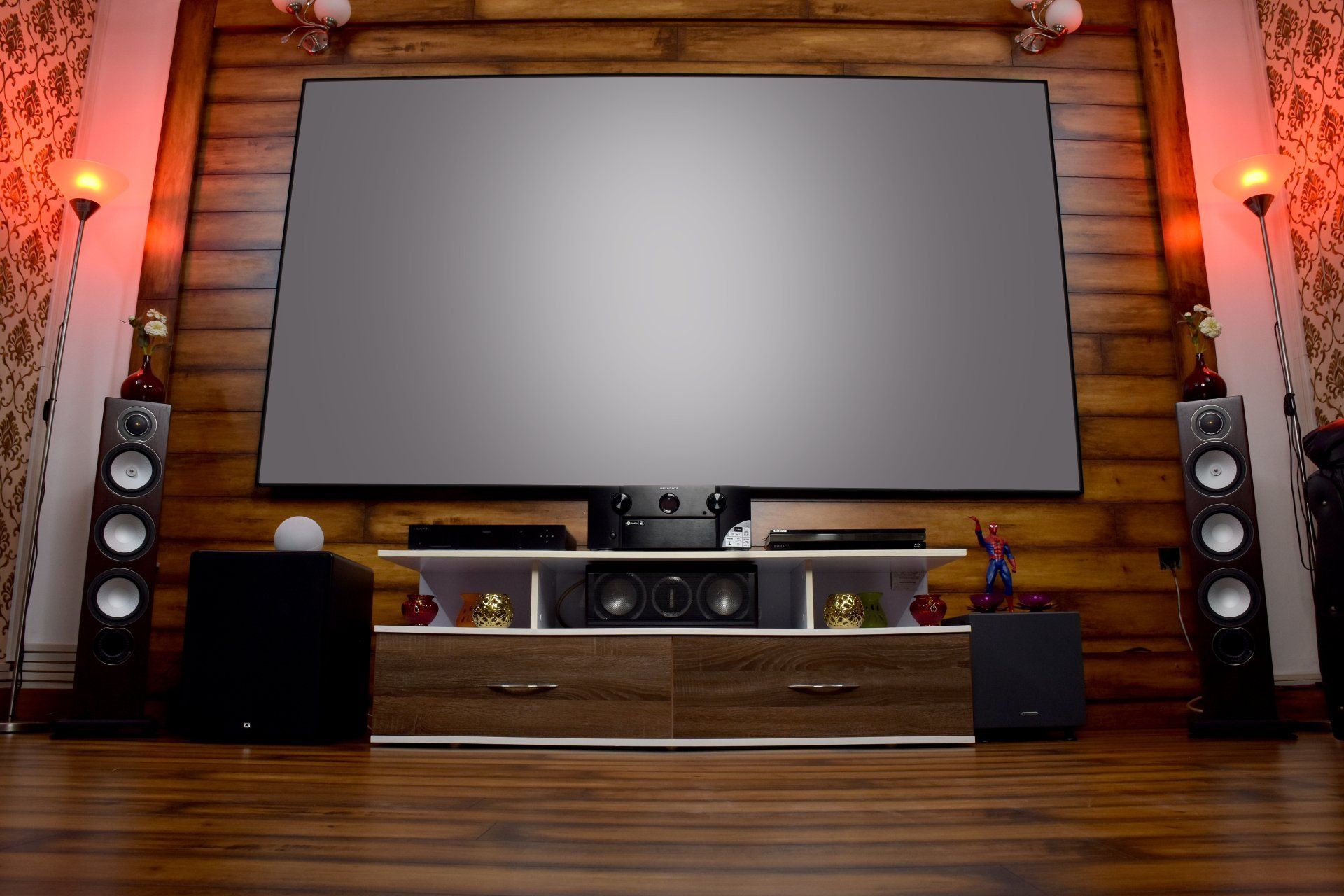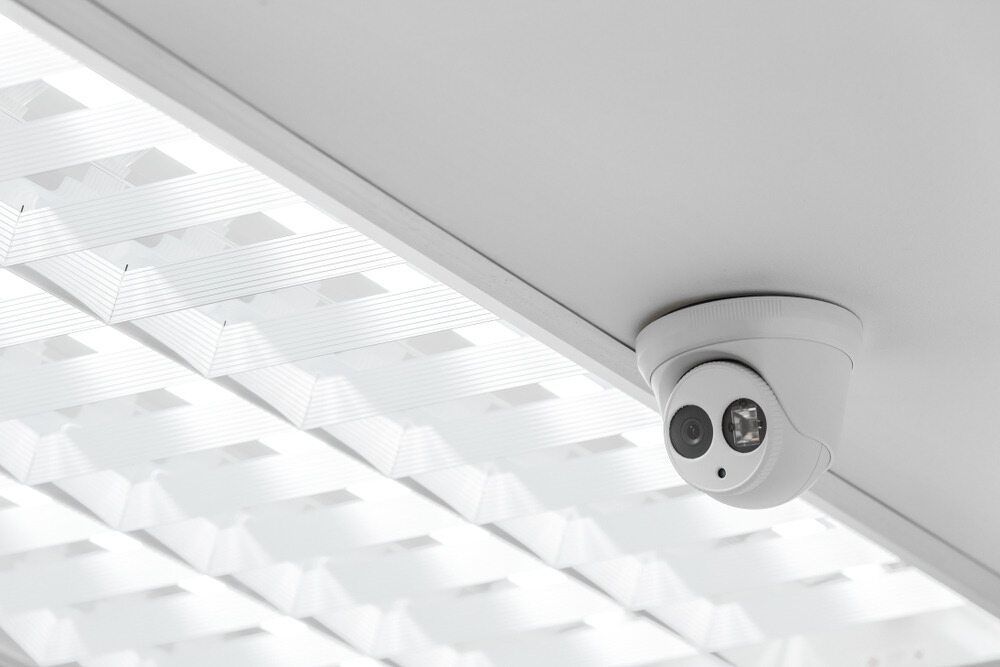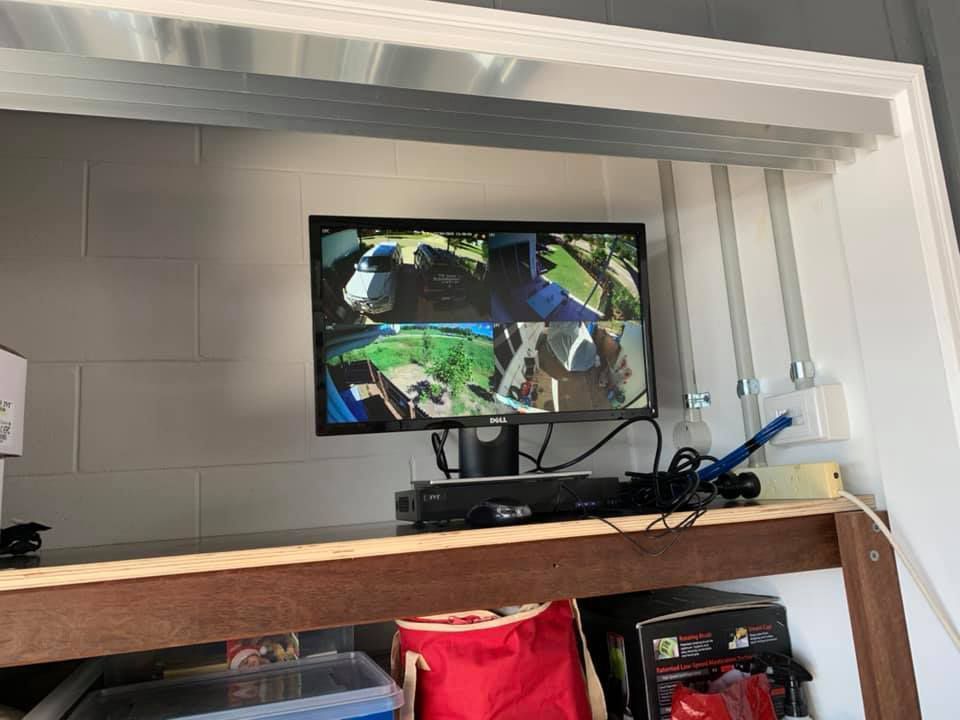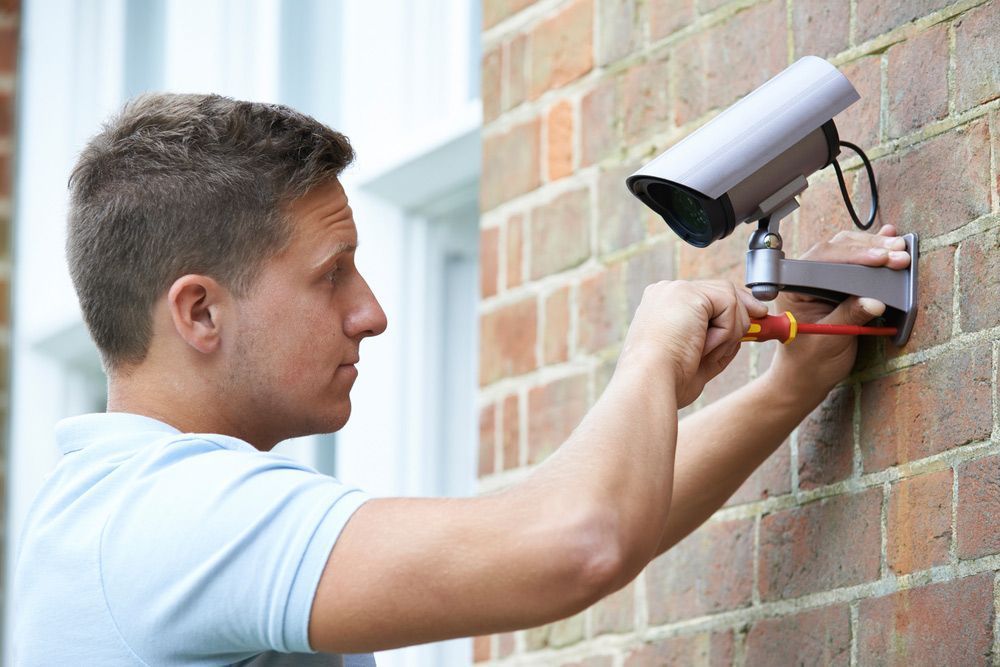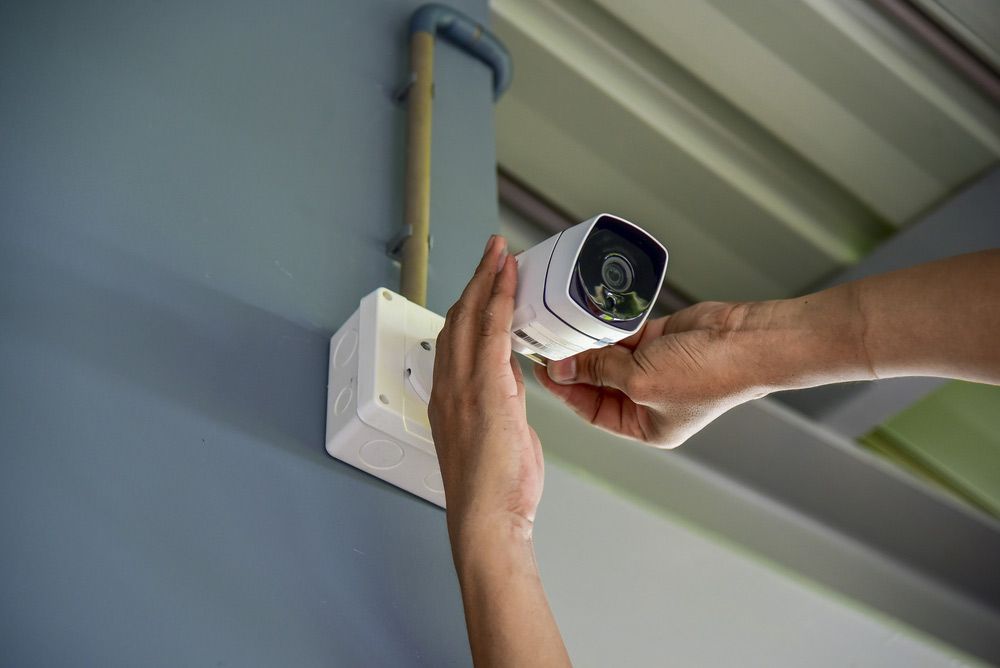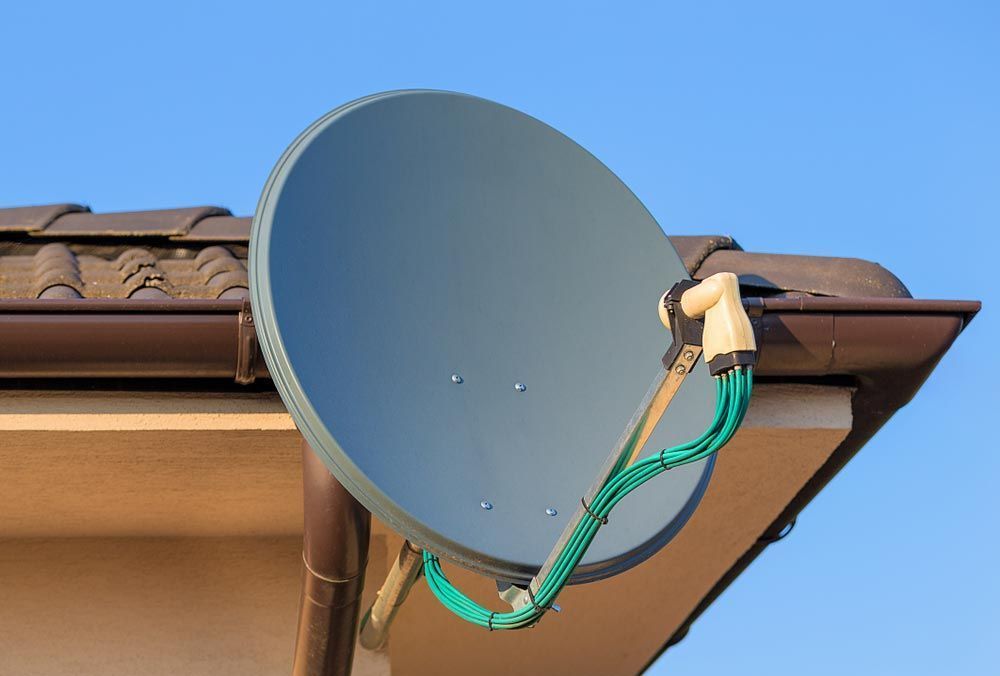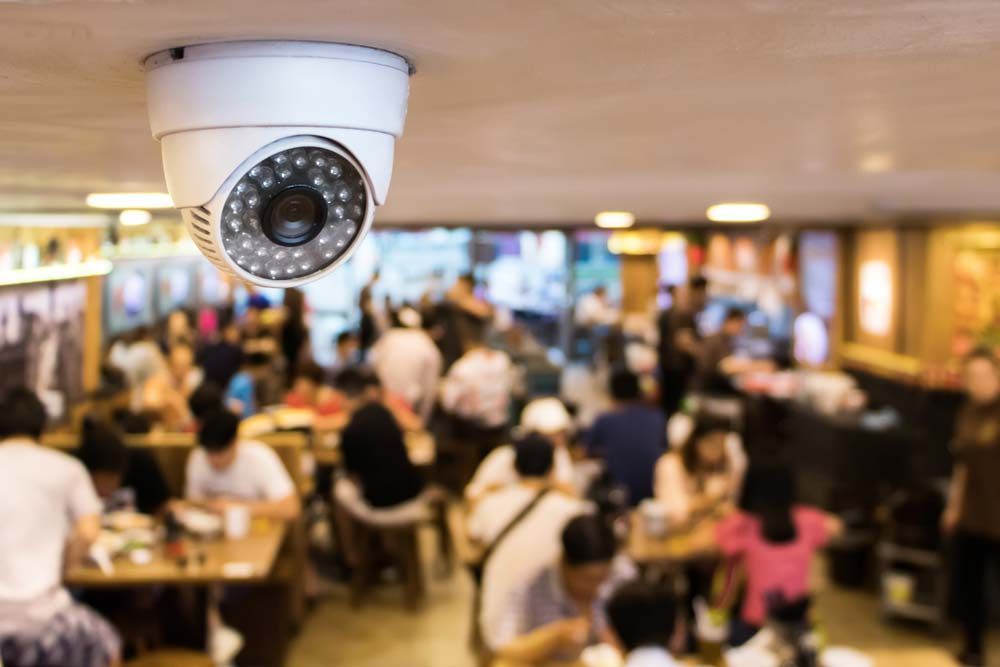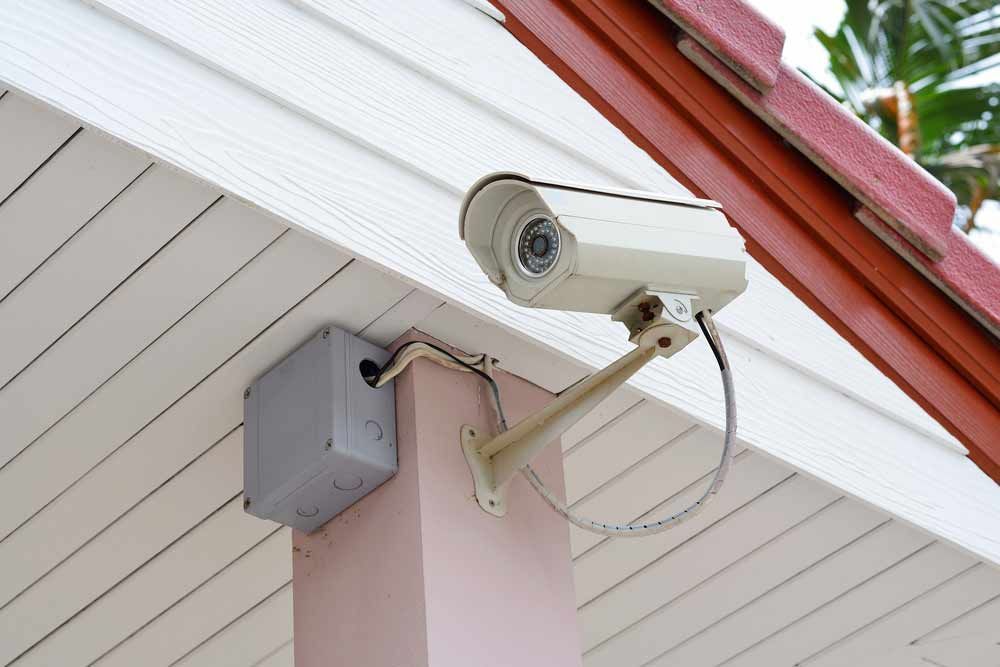Features To Consider When Buying A Security Camera
There are many reasons to consider the purchase of a home security camera. It may be to look in on your baby asleep in the nursery, keep an eye on what your children or your pets are up to, or observe unexpected movement outside your door. In the unfortunate event of a break-in in Townsville, home security cameras will help identify the burglar and give you the peace of mind to feel safe in your own home.
When choosing the camera that best suits you, the wide variety of options available can seem a little intimidating at first, but they don’t need to be. Careful consideration of your requirements will lead you to the product best suited for you and your family. These are the more important features you should consider.
1. Field Of View (FoV)
The FoV is the camera’s angle of vision, and a camera’s range can vary from 110 to 180 degrees. The best option depends on where the camera will be placed and the area you wish to have monitored. Whilst a 110-degree field of view would suffice for most internal rooms, the monitoring of the full perimeter of a front yard, or larger areas, will require 180 degrees.
2. Movement
If you would like to control the camera remotely, giving you the ability to track the movement of a suspected intruder, or any other movement around your property, you need a camera with pan, tilt, and zoom capabilities. This enables the camera to move vertically, horizontally and from side to side, and to zoom in on a specific area.
3. Motion Sensing
Motion sensors are programmed to detect movement and to then automatically take photos, record video, and even send alerts via SMS or email. Motion sensor cameras only record when there is movement, which can save storage space for footage.
4. Storage
There are several ways in which
video surveillance system footage is stored. Some will store the footage on memory cards fitted to the camera, or for extra space, others will store it on a connected external device, such as an NVR (network video recorder), DVR (digital video recorder), or your home computer. Another option is for the images to be saved directly to the Cloud (internet-based storage).
5. Image Resolution
The higher the pixel count, the better the picture resolution, with 1080 pixels being the standard resolution for many security cameras. Clarity is one of the most important factors to consider, as a blurred or grainy image is of little use, particularly if you’re attempting to identify a person.
6. Night Vision
The night is the most difficult time for video capture, even more so in poorly lit areas. Cameras with the night vision feature provide infrared LEDs, improving visibility in the non-daylight hours.
Other Features To Consider
Power and connectivity: Does the camera work on batteries or does it need to be plugged into mains power? The more sophisticated security cameras can be connected to your internet and run from ethernet cables or directly with your WiFi, and these offer a broader range of special features.
Audio: An audio component to the camera gives the ability for one-way or two-way communication. You can hear the sound at the camera’s location, which is particularly useful for baby monitoring or for speaking with someone who is at your front door.
Contact Our Security Camera Experts!
Security cameras have never been more affordable.
T. N. Locke Communications can assist you in determining and installing the system best suited to your budget and your needs.
Contact us today.

